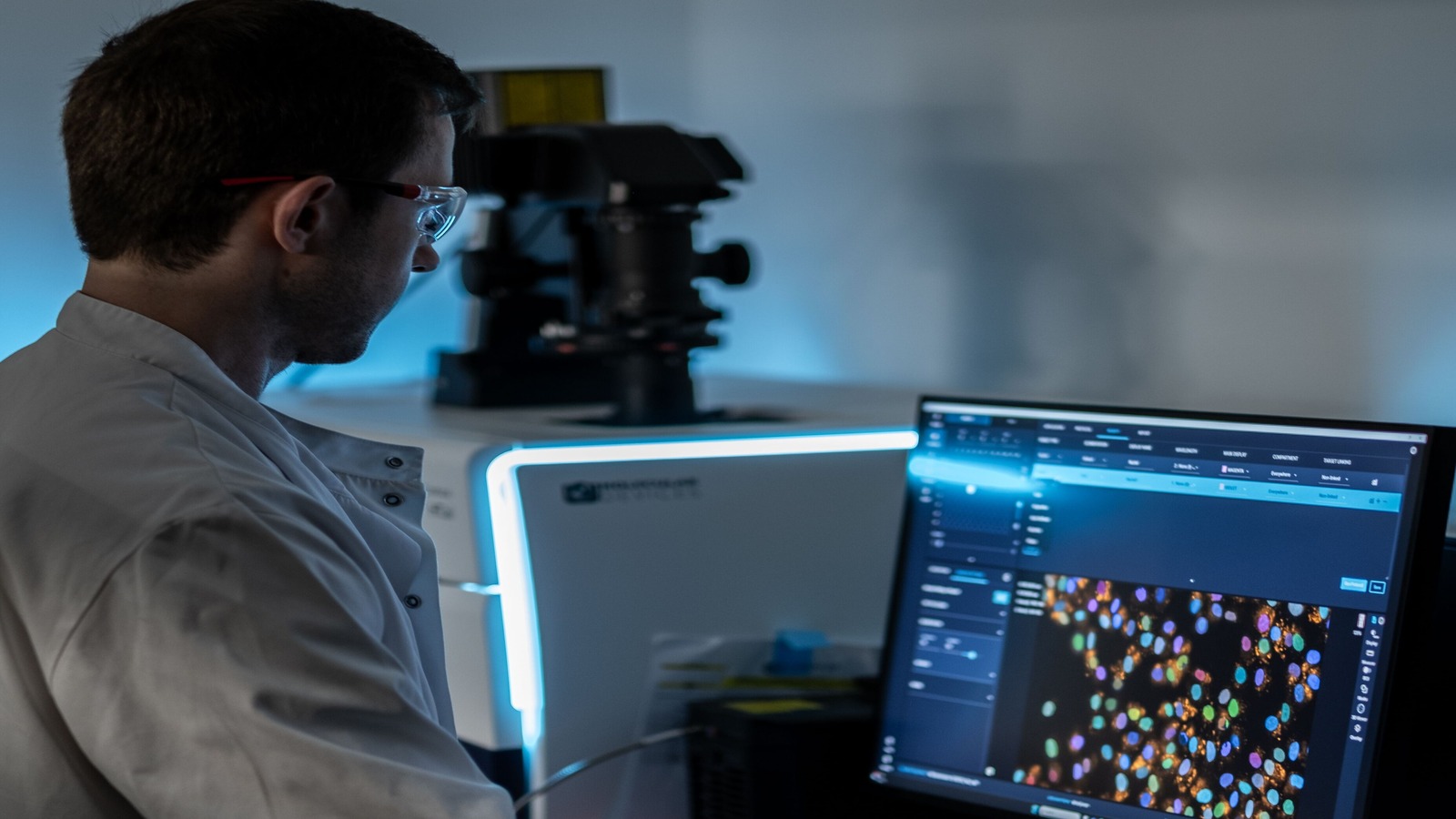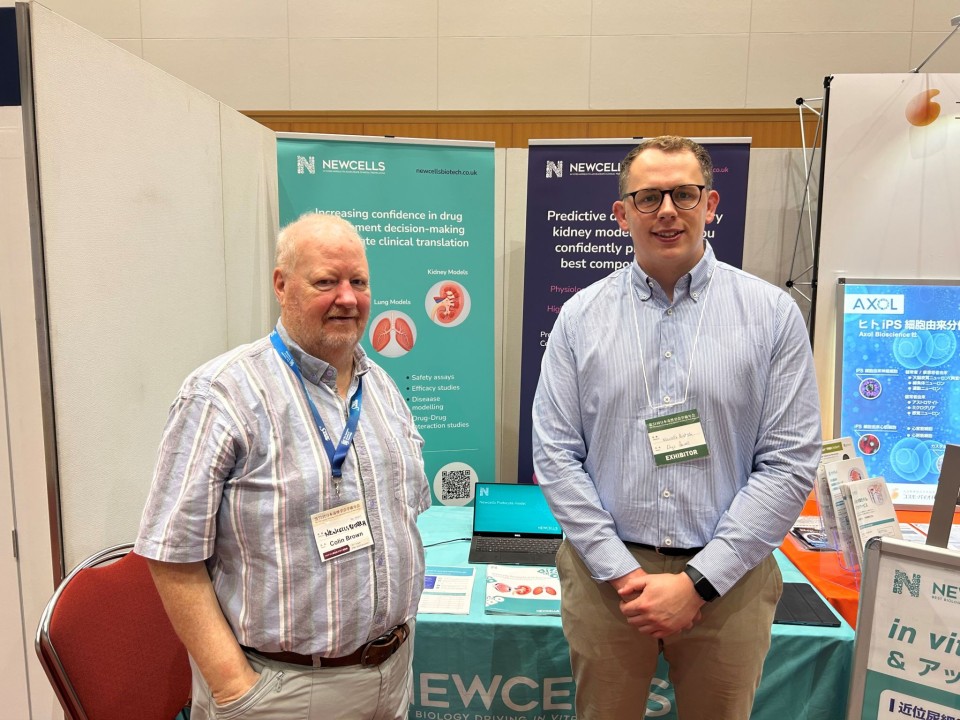Updates: Products

New Product Launched – aProximate™ 96-well Assay-Ready Plates
Get our aProximate™ PTCs to your lab anywhere in the world (24 & 96-well plates) aProximate™ Assay-ready plates contain freshly isolated primary human proximal tubule cells (PTCs). The plates are…
Read update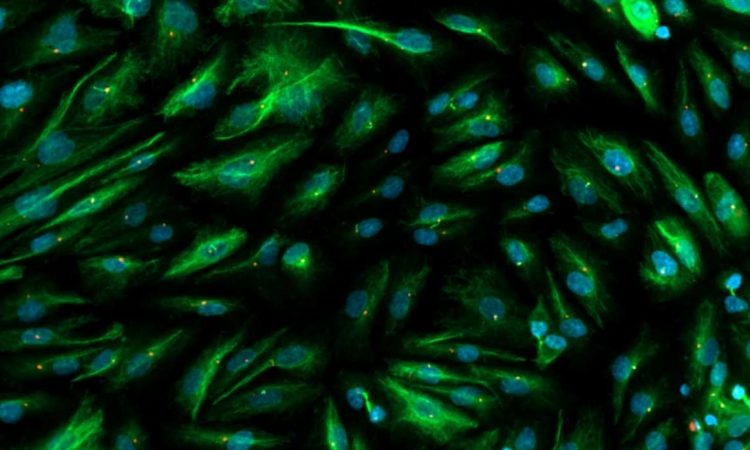
How a glomerulus in vitro model can accelerate drug development
The glomerulus is the part of the kidney involved in the filtration of solutes and waste from the blood. Damage to the glomerulus by diabetes mellitus, hypertension, glomerulonephritis, or…
Read update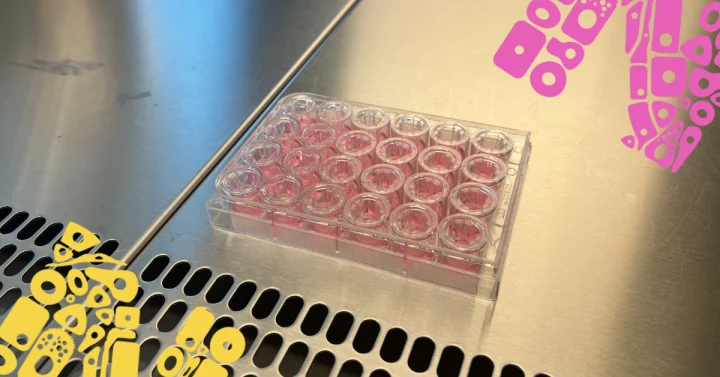
New Product Launched – aProximate™ Assay-Ready Plates for transporter studies
aProximate™ Assay-ready plates contain freshly isolated primary human proximal tubule cells (PTCs). The plates are provided in an easy to use 24-well Transwell® format. Visit our product page…
Read update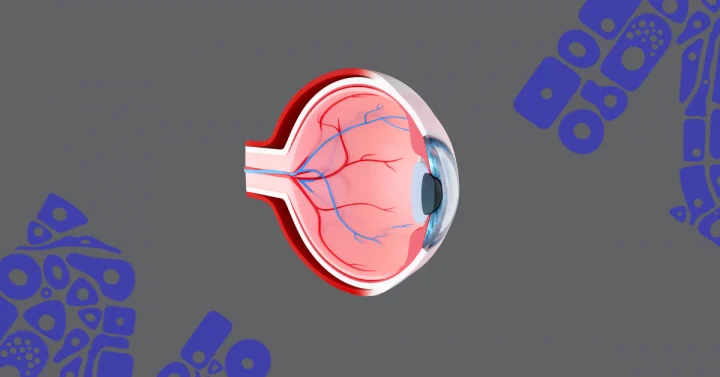
Retinal Organoids for Drug Discovery
Retinal diseases have been at the forefront of gene and cell therapy over the last 30 years with conditions such as macular degeneration and Stargardt disease likely to be…
Read update
iPSC-derived Retinal Organoids: an alternative in vitro model for drug discovery
What retinal models are available for drug development? Animal models are the most frequently used for investigating safety and efficacy of ophthalmic drugs. However, due to several key physiological differences,…
Read update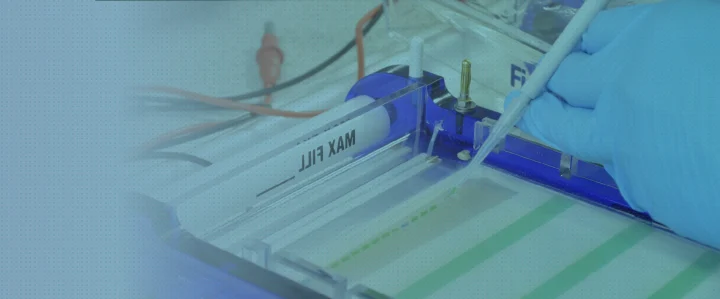
Global scientific expertise built into every NB product & service
At Newcells Biotech, we build our Industry leading scientific expertise and technical excellence into all the products and services we offer to our customers, delivering innovative solutions for drug…
Read update
